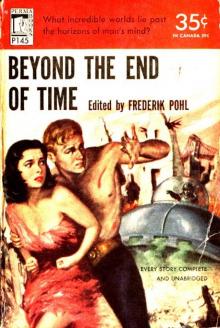 Beyond The End Of Time (v1.0)
Beyond The End Of Time (v1.0)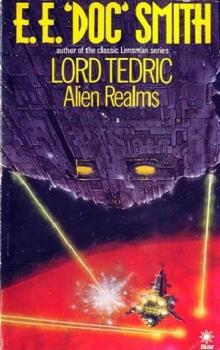 Alien Realms (v1.0)
Alien Realms (v1.0) The Lives of Harry Lime v1.0
The Lives of Harry Lime v1.0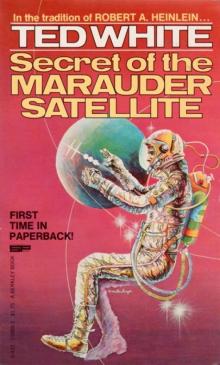 Sectret of The Marauder Satellite (v1.0)
Sectret of The Marauder Satellite (v1.0) chaos engine trilogy
chaos engine trilogy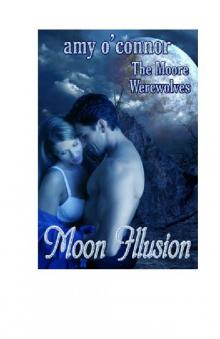 Untitled
Untitled Assignment Bangkok
Assignment Bangkok Assignment Afghan Dragon
Assignment Afghan Dragon spice&wolfv3
spice&wolfv3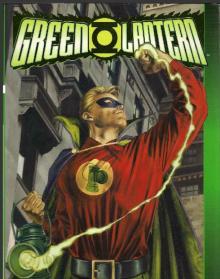 Green Lantern - Sleepers Book 2
Green Lantern - Sleepers Book 2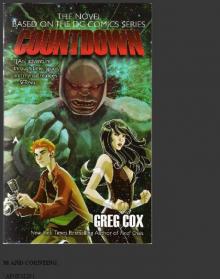 Countdown
Countdown Alyx - Joanna Russ
Alyx - Joanna Russ Otto Penzler (ed) - Murder 06 - Murder on the Ropes raw
Otto Penzler (ed) - Murder 06 - Murder on the Ropes raw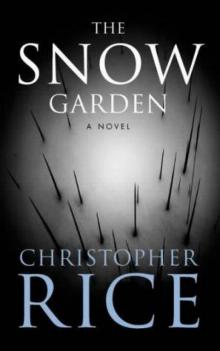 The Snow Garden
The Snow Garden Abominations
Abominations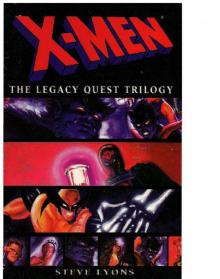 The Legacy Quest Trilogy
The Legacy Quest Trilogy Jack Faust - Michael Swanwick
Jack Faust - Michael Swanwick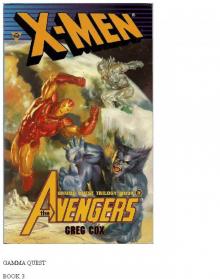 Friend or Foe
Friend or Foe path to conquest
path to conquest The Return
The Return Generation X - Genogoths
Generation X - Genogoths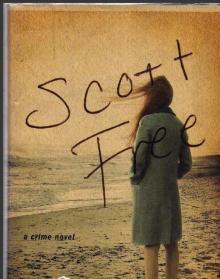 scott free
scott free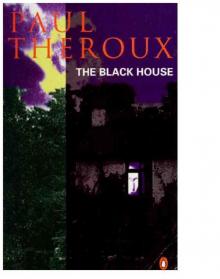 The rivals of Sherlock Holmes : early detective stories
The rivals of Sherlock Holmes : early detective stories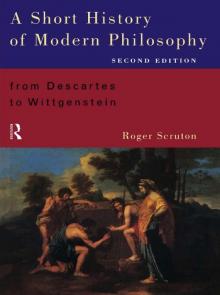 A Short History of Modern Philosophy: From Descartes to Wittgenstein, Second Edition
A Short History of Modern Philosophy: From Descartes to Wittgenstein, Second Edition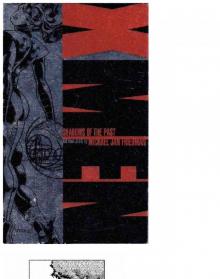 Shadow of the Past
Shadow of the Past Generation X - Crossroads
Generation X - Crossroads Search and Rescue
Search and Rescue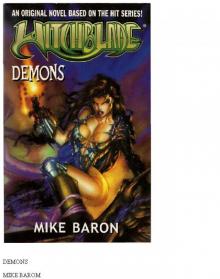 Demons
Demons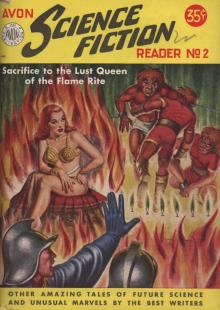 Avon Science Fiction Reader 2
Avon Science Fiction Reader 2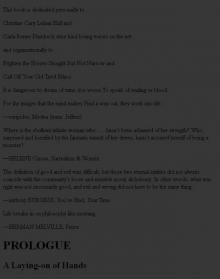 Untitled.FR11
Untitled.FR11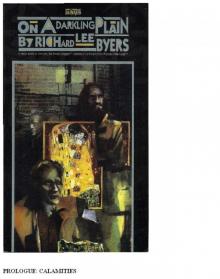 On a Darkling Plain
On a Darkling Plain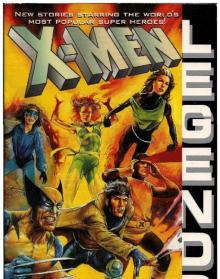 Legends
Legends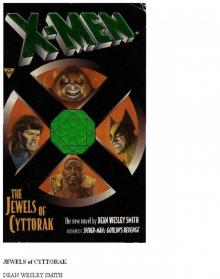 The Jewels of Cyttorak
The Jewels of Cyttorak Choir Boy
Choir Boy iron pirate
iron pirate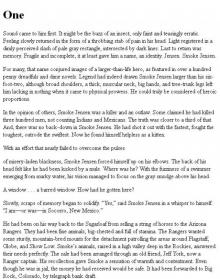 Cunning of the Mountain Man
Cunning of the Mountain Man GEN13 - Version 2.0
GEN13 - Version 2.0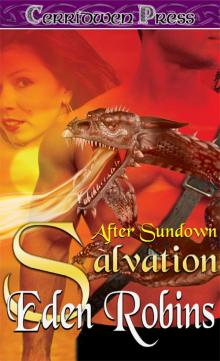 Salvation
Salvation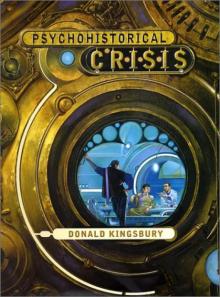 Psychohistorical Crisis
Psychohistorical Crisis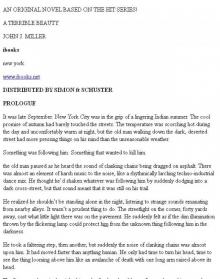 a terrible beauty
a terrible beauty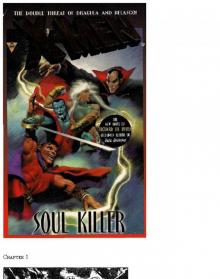 Soul Killer
Soul Killer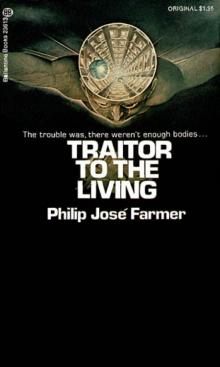 Farmer, Philip José - Traitor to the Living
Farmer, Philip José - Traitor to the Living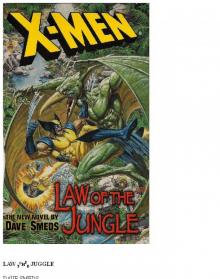 Law of the Jungle
Law of the Jungle The Mapmaker's War
The Mapmaker's War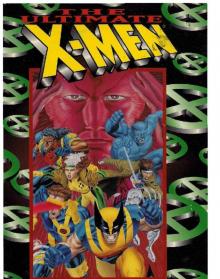 The Ultimate X-Men
The Ultimate X-Men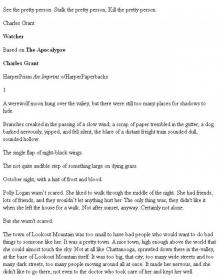 Watcher
Watcher Pomegranates full and fine
Pomegranates full and fine Assignment Sorrento Siren
Assignment Sorrento Siren